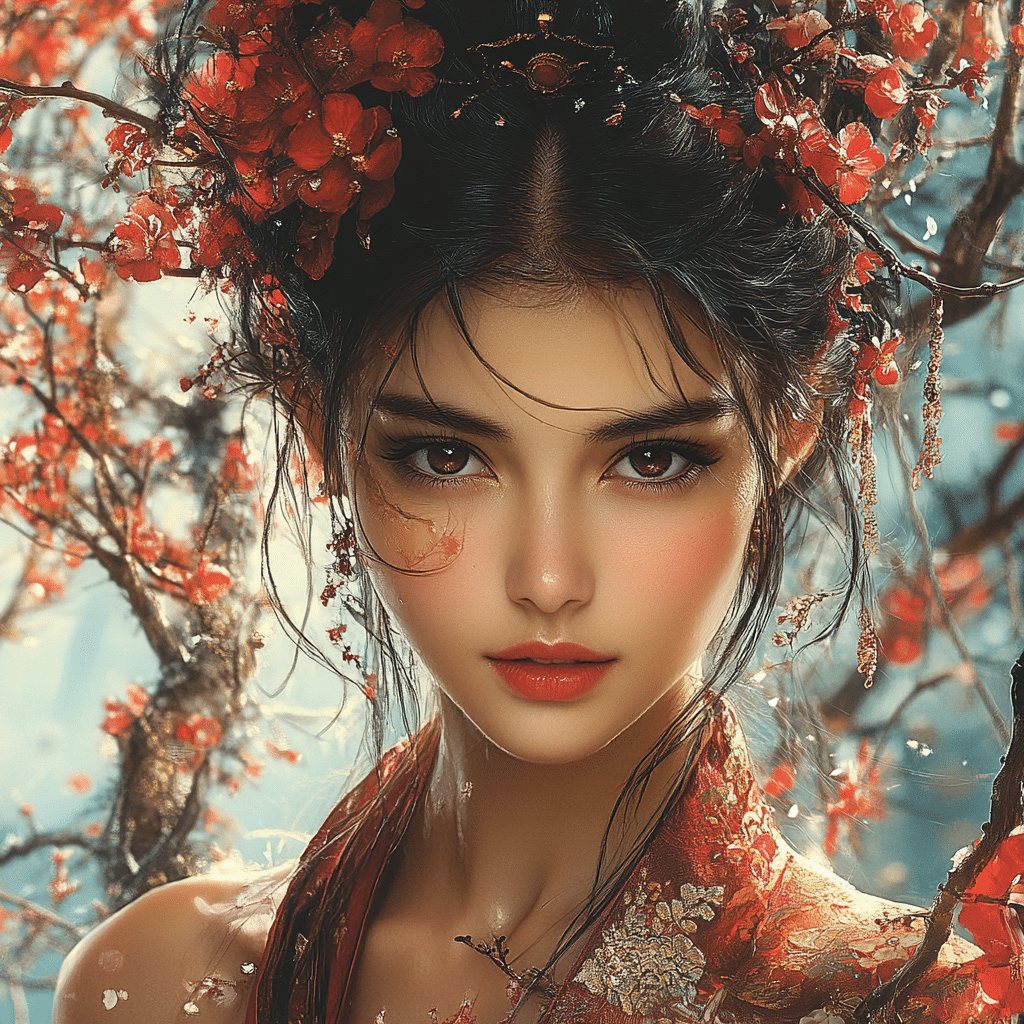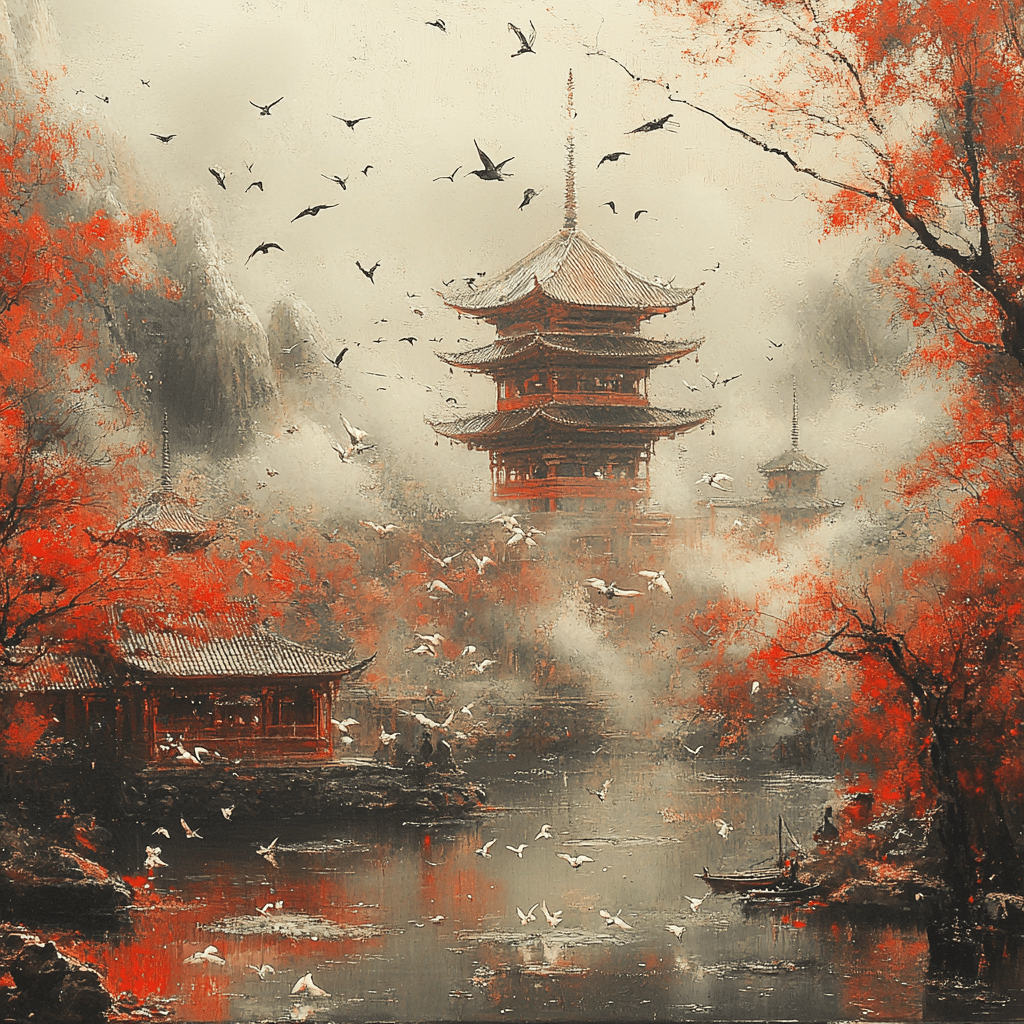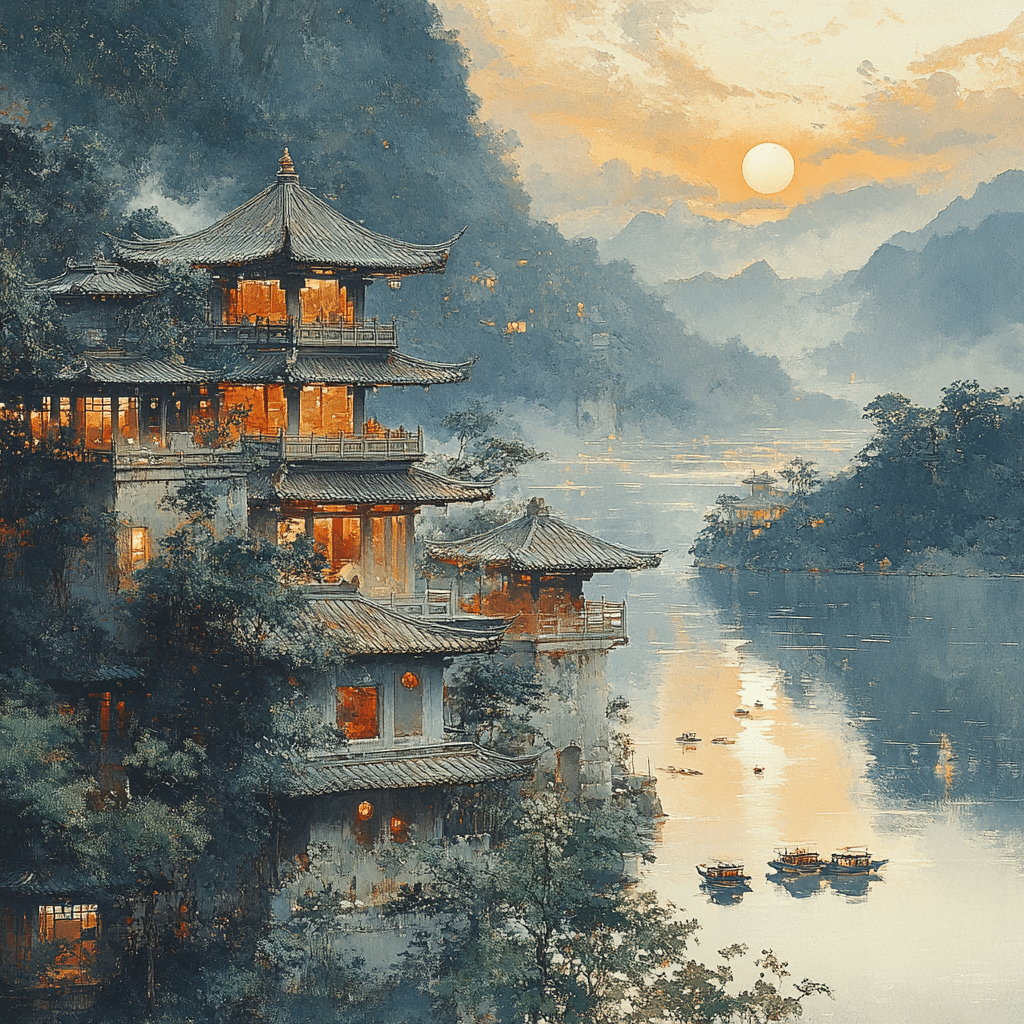Embracing the New Asia: An Overview
“New Asia” isn’t just a buzzword; it’s a lens through which we can view the vast cultural renaissance happening across the continent. With each passing day, we witness a fascinating blend of old traditions and modern innovations. From the bustling streets of Shanghai to the tech hubs of Singapore, the New Asia showcases how emerging economies, young populations, and global connections weave a colorful tapestry of cultural identity.
What’s striking about New Asia is how it reflects an evolving narrative of self-discovery. Countries are rebranding themselves as they redefine their identities, moving beyond traditional practices to incorporate contemporary values. This shift doesn’t just highlight economic growth; it underscores an increasing importance placed on cultural confidence. As these nations rise, they’re taking center stage in the global arena, proving that the future of culture—and of the planet—will be forged in Asia.
As we dive deeper into this multifaceted transformation, let’s explore some defining trends that are at the heart of the New Asia cultural landscape.

Top 7 Trends Defining the New Asia Cultural Landscape
The Role of Education in Shaping New Asia
Education is crucial in developing the New Asia. Institutions like the National University of Singapore and Tsinghua University are becoming beacons of innovation and cultural exchange. By focusing on entrepreneurship and cultural studies, these schools are preparing a new generation of leaders to tackle today’s challenges.
Importantly, educational programs are not limited to classroom learning; they encourage cross-cultural collaboration, allowing students to gain different perspectives. This trend is vital, as it fosters a sense of shared responsibility for the future, encouraging students to think globally while acting locally.
As New Asia continues to evolve, education is not just about imparting knowledge; it’s about shaping a collective future where cultural understanding and cooperation take center stage.

Cultural Convergence in New Asia
The richness of New Asia is evident in its ability to merge diverse cultural influences, creating unique identities that resonate worldwide. This cultural convergence can be seen in urban settings where traditional architectural styles and cutting-edge designs coexist harmoniously.
Take Tokyo, for example; amidst bustling high-rises, shrines and temples stand, representing a conversation between the past and present. Similarly, Shanghai allows ancient wooden homes to complement modern skyscrapers, crafting a visual dialogue that encapsulates the spirit of cultural continuity. These cities are proving that progress doesn’t have to mean abandoning heritage—instead, they show how tradition and modernity can blend together beautifully.
Envisioning the Future of New Asia
Looking ahead, the New Asia stands ready to redefine cultural frontiers on a global scale. With advancements in technology and a growing understanding of cultural diversity, the possibilities for creativity and expression are endless. By forming international partnerships and embracing innovation, New Asia is on track to influence global trends in ways we’ve yet to imagine.
This emerging dynamic intrigues and challenges traditional notions of cultural identity. As trends gain momentum, it’s evident that the world is eagerly engaging with a region that is reshaping itself into an influential cultural powerhouse.
In a world that often seems divided, New Asia offers a hopeful narrative of collaboration, creativity, and the celebration of diversity. As the leading edge of cultural evolution, it reaffirms that every culture has something valuable to contribute to the global dialogue. So, as we watch this cultural frontier unfold, one thing is clear: the future is bright in New Asia!
In closing, if you’re curious about food trends like culinary fusion, check out the Asia Restaurant. For a peek into the digital art world, the shift creates fascinating contemporary discussions around themes like vampire d bloodlust. The journey of New Asia is just beginning, are you ready to explore?
New Asia: A Dynamic Cultural Frontier
Celebrating Diversity and Innovation
New Asia is a vibrant melting pot of cultures and ideas, reflecting an ever-changing landscape that captivates the world’s attention. Did you know that the culinary scene in countries like Thailand and Vietnam has exploded in popularity? The rise of trendy spots like the oriental restaurant showcases how traditional cuisines are being reimagined with modern twists, drawing food enthusiasts eager to embrace Asian flavors. Cities across New Asia are now recognized not just for their historic landmarks, but also as prime destinations for gastronomy and innovation.
Switching gears, the cultural influence of New Asia extends well beyond its borders. The entertainment industry has seen a significant boom, with shows like Amazing Race season 35 highlighting diverse locales and experiences. Fans are flocking to see firsthand the breathtaking views and unique traditions these countries have to offer, encouraging cultural exchange like never before. As this captivating continent garners more international interest, it fosters a deeper appreciation for its artistic and social contributions.
Economic Growth and Modern Trends
On the financial front, New Asia is bustling with activity. Emerging markets are getting savvy with trends like short selling; knowledge of the short selling definition is invaluable for investors looking to capitalize on market fluctuations. Countries such as Indonesia and India are becoming hotspots for startups, innovation, and entrepreneurship, invigorating their economies with fresh ideas and tech advancements.
As the appeal of online shopping continues to surge, giants like ASDA are shifting focus to cater to new customers, such as those at Asda Swinton, who are eager to discover the latest trends. With a growing consumer base and a dedication to customer experience, New Asia is paving the way for a future that promises boundless opportunities for its citizens and businesses alike. The region stands poised to redefine norms and foster a sense of community through shared experiences.
With all this in mind, it’s clear that New Asia is more than just a buzzword; it’s a dynamic cultural frontier, one that’s beckoning you to explore its wonders—so why wait? Whether you’re tuning in for sports like the upcoming Jake Paul Vs Mike perry card or wandering through bustling markets, there’s something exciting waiting around every corner in this captivating area of the globe.

What are the new countries in Asia?
The newest country in Asia is Timor-Leste, which gained its independence in 2002.
What was new order in Asia?
The New Order in Asia refers to a political and cultural framework established in the late 1930s aimed at ensuring stability, promoting economic cohesion, and defending against communism in the region.
Why does Asia have a different New Year?
Many Asian countries celebrate the Lunar New Year based on the lunisolar calendar, which aligns with the moon’s phases and signifies new beginnings and the arrival of spring.
Which city is called New York of Asia?
Shanghai is often called the “New York of Asia” due to its international vibe, economic influence, and cultural diversity.
What is the new Asia?
The term “new Asia” generally relates to the rapid economic growth and modernization that several Asian countries have experienced in recent decades.
Are there 48 or 51 countries in Asia?
Asia has 49 recognized countries as of now, though this number can vary with geopolitical changes.
What was the newest country in Asia?
Timor-Leste is regarded as the newest country in Asia, celebrating its independence since 2002.
Why was Asia so advanced?
Asia’s historical advancements can be attributed to its rich intellectual traditions, trade routes, and the exchange of ideas and cultures over centuries.
What is the New Order in Indonesia?
In Indonesia, the New Order was a political regime established by President Suharto focused on economic development, national stability, and anti-communism policies.
Is it racist to say Chinese New Year?
Referring to the Lunar New Year as “Chinese New Year” can be seen as exclusive since many cultures celebrate it; it’s better to use “Lunar New Year” for inclusivity.
Why does Japan no longer celebrate the Lunar New Year?
Japan no longer celebrates the Lunar New Year as it adopted the Gregorian calendar in 1873, marking the New Year on January 1 instead.
Why is Thailand year different?
Thailand’s New Year, known as Songkran, is celebrated in April and is different from the Lunar New Year, which typically falls between January and February.
What is Shanghai called now?
Shanghai is still called Shanghai; there’s no current widespread name change for the city.
What was NY used to be called?
New York used to be called New Amsterdam before the British took control in the 17th century.
Why is Kuala Lumpur so famous?
Kuala Lumpur is famous for its modern skyscrapers, vibrant culture, and as the capital of Malaysia, attracting tourists and business alike.
What was the newest country in Asia?
Timor-Leste holds the title of the newest country in Asia, having gained its independence in the early 2000s.
What are the newly developed countries in Asia?
Newly developed countries in Asia include places like Vietnam, Bangladesh, and the Philippines, which have seen significant economic progress.
What is the 13th country in Asia?
The 13th country in Asia, depending on contexts like recognition or membership in international organizations, isn’t specifically defined, as lists may vary with geopolitical issues.
How many countries are there in Asia in 2024?
In 2024, Asia is home to approximately 49 countries recognized globally, although this number can be influenced by changes in international recognition and political situations.



